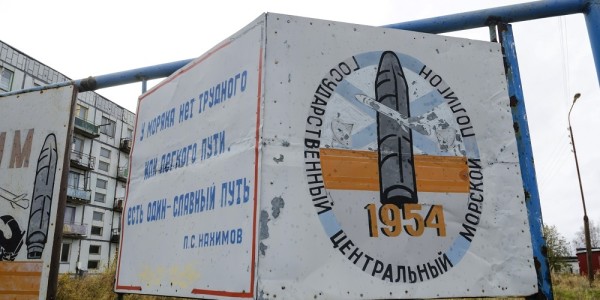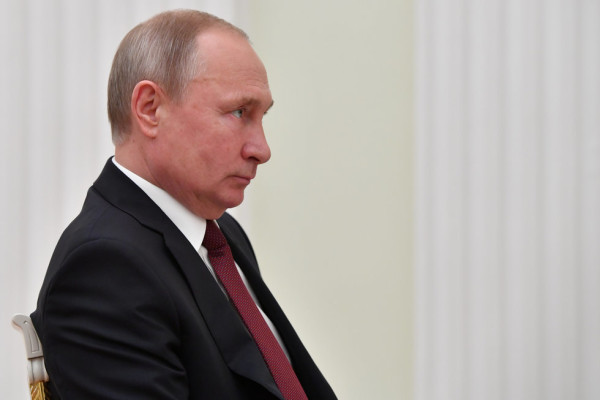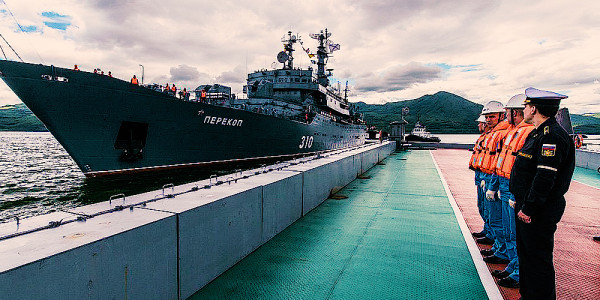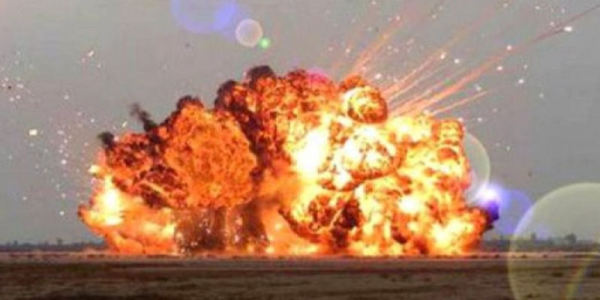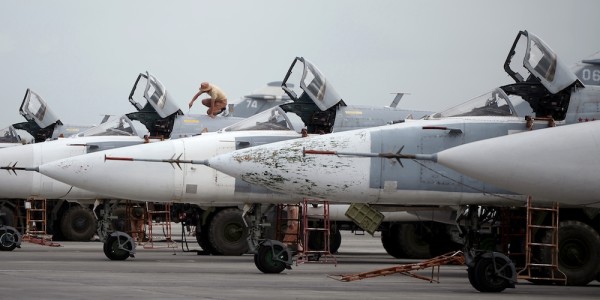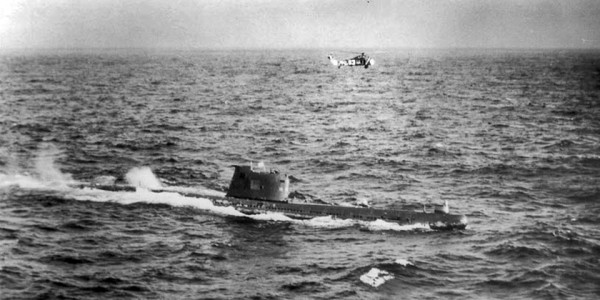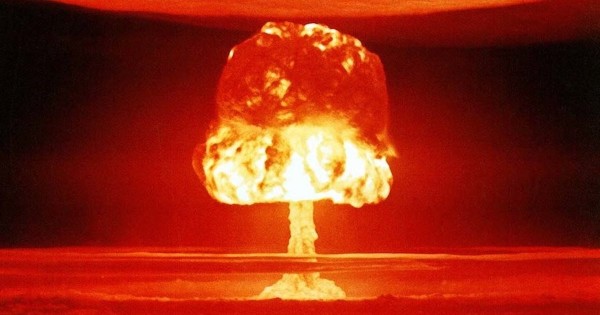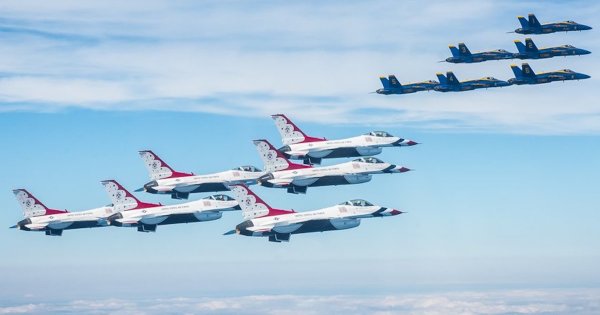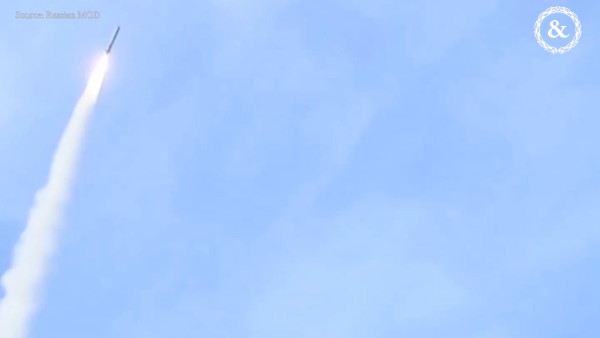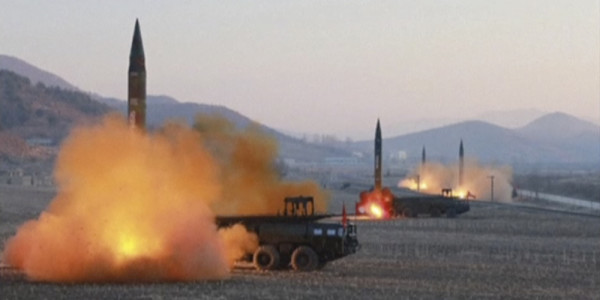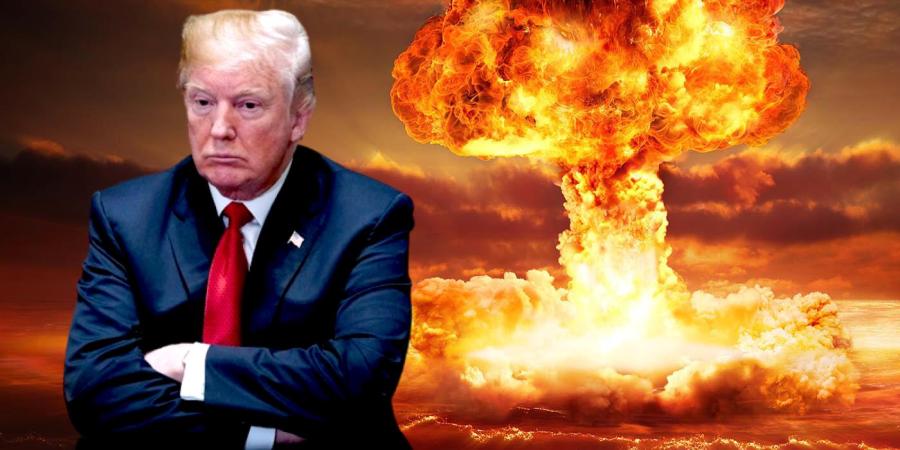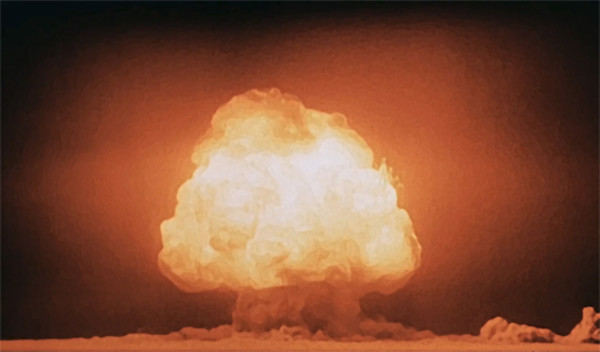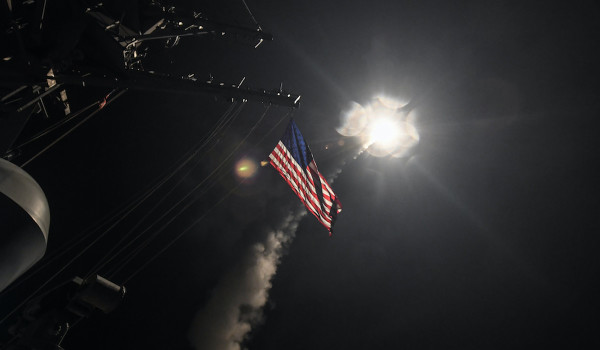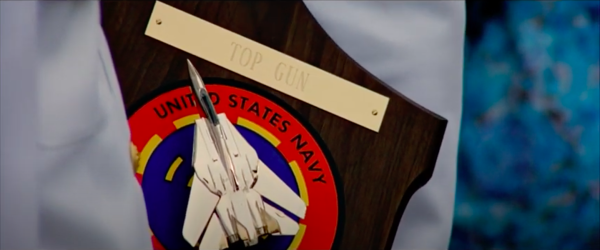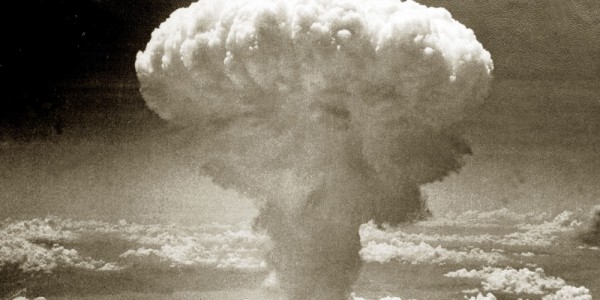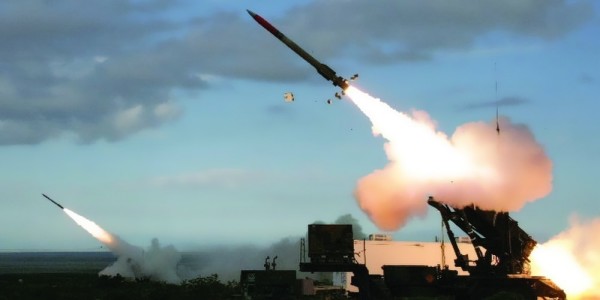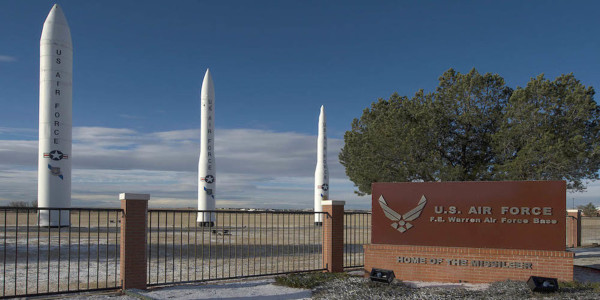Lawmakers are betting $45 million that a nuclear war does not automatically mean the end of the world.
Rep. Jim Cooper (D-Tenn.) recently added an amendment to the House version of the Fiscal 2023 National Defense Authorization Act that would provide $45 million for the Nuclear-Armed Sea-Launched Cruise Missile, even though President Joe Biden’s administration has indicated it wants to stop the program.
Defense officials have not said publicly how powerful the Nuclear-Armed Sea-Launched Cruise Missile is, but Pentagon spokesman Oscar Seára described it as a “low-yield weapon.”
The missile would give the U.S. military a relatively small nuclear weapon that is meant to deter Russia and China from using their own low-yield nuclear weapons because they assume the United States would not respond with far more powerful strategic weapons.
“Expanding flexible U.S. nuclear options now, to include low-yield options, is important for the preservation of credible deterrence against regional aggression,” according to the 2018 Nuclear Posture Review. “It will raise the nuclear threshold and help ensure that potential adversaries perceive no possible advantage in limited nuclear escalation, making nuclear employment less likely.”
The Biden administration continues to stand by its decision to cancel the Nuclear-Armed Sea-Launched Cruise Missile in the proposed Defense Department budget for fiscal 2023, a National Security Council spokesman said. That decision was based on the findings of the 2022 Nuclear Posture Review – which the Pentagon completed earlier this year but has not yet released an unclassified version of the review – as well as an interagency process led by the Defense Department.
It is too early to tell whether funding for the missile will be included in the final version of the National Defense Authorization Act, which will likely be negotiated by lawmakers at a conference committee much later this year. Even if the $45 million is included in the final law, the House Appropriations Committee did not include any money for the missile in its version of the defense appropriations bill, which funds the U.S. military.
Subscribe to Task & Purpose Today. Get the latest in military news, entertainment, and gear in your inbox daily.
Still, the fact that money for the missile was included in the House version of the latest defense policy bill shows that several lawmakers believe the United States needs to be prepared to fight a limited nuclear war. Once you accept that there is such a thing as a “limited nuclear war,” it’s not much of a logical leap to assume it is possible for the United States to escape mutually assured destruction by limiting a nuclear exchange with Russia or China to low-yield weapons.
However, the purpose of having the Nuclear-Armed Sea-Launched Cruise Missile in the U.S. military’s arsenal is to deter adversaries from launching nuclear attacks rather than making it easier to wage limited nuclear conflicts, said retired Navy Rear Adm. Vic G. Mercado, who served as Assistant Secretary of Defense for Strategy, Plans, and Capabilities from July 2019 to January 2021.
“To me, it is all about deterrence,” Mercado told Task & Purpose. “We need some capacity to be able to fill a deterrence gap. If we leave the gap, then we are at risk.”
The Nuclear-Armed Sea-Launched Cruise Missile is meant to fill that gap by providing the U.S. military with the types of weapons that Russia already has, he said.
“If deterrence has failed and they decide to use a low-yield weapon, then what’s our option: Accept it or go high,” Mercado said. “But you want to deter that in the future, and how can you deter that if you don’t have that option?”
Moreover, experts continue to debate whether the United States would launch a full-scale retaliation against any sort of nuclear attack, even those involving low-yield weapons, he said.
“If you were the decision-maker and the president and somebody pops an EMP [electromagnetic pulse] – a low-yield EMP, or something – then would you nuke an entire country?” Mercado said.
When discussing any gaps in the U.S. government’s deterrence posture, however, it is worth remembering the United States consistently overestimated the Soviet Union’s nuclear capabilities during the first decades of the Cold War. In the 1950s, the U.S. government feared the Soviets had more bombers than the Air Force, but the “bomber gap” turned out to be nonexistent. Beginning in 1958, future President John F. Kennedy argued that the Soviets had more nuclear missiles than the United States, but the “missile gap” also turned out to be a fantasy. The movie Dr. Strangelove famously parodied this type of thinking in a scene in which military advisers were discussing the need for underground fallout shelters ahead of a nuclear apocalypse and an Air Force general decried, “Mr. President, we must not allow a mineshaft gap!”
Then there’s the question of exactly how much deterrence value the Nuclear-Armed Sea-Launched Cruise Missile actually has.
“Critics have argued that the capabilities highlighted by advocates of SLCM-N deployment — regional presence, lower yield, and discriminate attack options — would lower the threshold for nuclear use and increase the likelihood of nuclear war,” according to an April report from the Congressional Research Service. “They argue that by adding those capabilities to its nuclear force posture, the United States would be adopting a war-fighting posture rather than pursuing a doctrine based on deterrence.”
The Nuclear-Armed Sea-Launched Cruise Missile may also prove to be redundant because the Air Force is developing the Long-Range Standoff Weapon, which could be capable of carrying warheads with yields ranging from five to 150 kilotons, said Hans M. Kristensen, of the Federation of American Scientists, a non-profit group that seeks to reduce the number of nuclear weapons in the world.
It is likely that the Nuclear-Armed Sea-Launched Cruise Missile would be equipped with warheads that would deliver similar yields that could be programmed to explode both in the air and on the ground, Kristensen told Task & Purpose.
As for the notion that nuclear war could be limited to low-yield weapons, Kristensen called the idea a “dangerous illusion.”
“There is no reason to believe that either side would back down after a few detonations but that all would escalate and seek to defeat the other side and win,” Kristensen said. “Limited scenarios are created by warfighters as tactical means of achieving certain war objectives but are over-sold by theorists and advocates who try to make nuclear weapons sound more acceptable.”
The latest on Task & Purpose
- ‘Mad Max’-style technicals have become a staple of Ukraine’s fight against Russia
- The difference between Air Force and Navy pilots in one short video
- Watch the ‘Top Gun: Maverick’ film crew get buzzed by an F/A-18 during filming
- Three Navy commanders relieved of duty in the past week
- Hollywood has spent $16 million training Chris Pratt for war
Want to write for Task & Purpose? Click here. Or check out the latest stories on our homepage.



